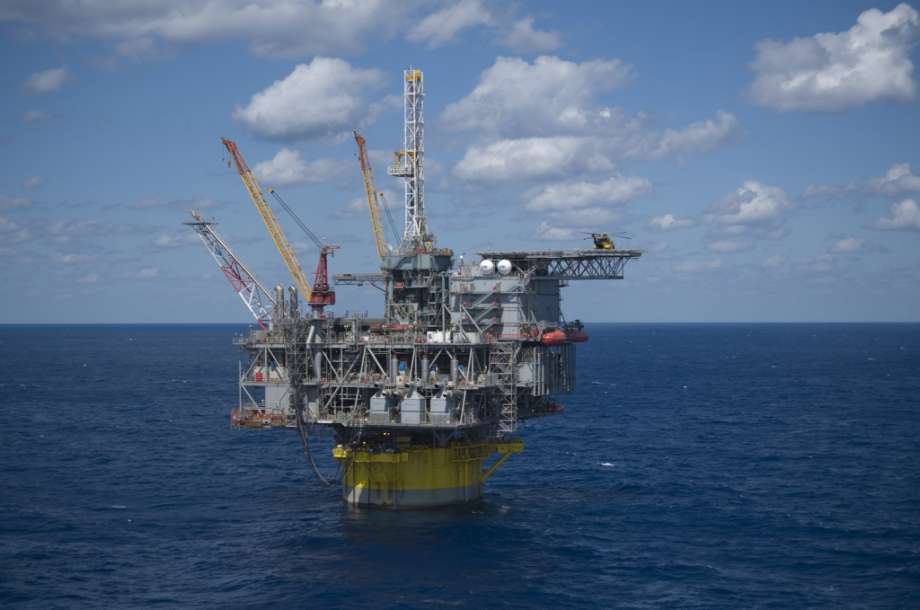
The top U.S. offshore safety official said drilling activity — at least the way the Trump administration defines it — is increasing in the Gulf of Mexico, in part the result of a “renewal of optimism” following the president’s push to roll back regulation.
“This administration is very clear on offshore [oil and gas] being a prominent part of America’s energy portfolio, and that impacts companies’ desire to invest,” Scott Angelle, director of the Bureau of Safety and Environmental Enforcement, said in an interview. “At the same energy prices have helped their spirits.”
Angelle cited a BSEE report showing 46 drilling rigs operating in the Gulf of Mexico as of May 14, a level last seen in May 2016. And over the first four months of this year, 35 deepwater drilling permits were issued, almost double the tally from a year ago.
Those numbers differed dramatically from the data published by Baker Hughes, the drilling contractor whose weekly rig count is watched closely by analysts tracking the health of the oil industry.
According to Baker Hughes, the rig count in the Gulf of Mexico is 18, down 22 percent from a year ago.
A spokesman for BSEE explained the discrepancy as stemming from the agency’s data including rigs performing maintenance and other activities, and not just the drilling rigs Baker Hughes counts.
Imran Khan, a senior manager at the research firm Wood Mackenzie, said drilling activity in the Gulf had been fairly flat since 2016. But he added interest in the region is starting to pick up, “with two large discoveries that were announced within the last 6 months.”
That is in large part driven to a rise in oil prices, with West Texas Intermediate now trading at more than $70 a barrel, its highest level since 2014.
At the same time Trump has been drawing applause from oil executives for his changes to environmental and safety regulations put in place following the Deepwater Horizon explosion and oil spill in 2010.
The moves have drawn criticism from environmentalists and a number of Democrats, who worry the revisions could increase the chance of another large spill.
But Angelle insisted that his agency only changed 18 percent of the regulations, known as the well control rule, and stayed within the recommendations made by the bipartisan commission that former president Barack Obama ordered to study the causes of the accident.
“We can not ever sacrifice safety, but at the same time we can be a country that embraces safe operation and robust production,” Angelle said.
This article first appeared on the Houston Chronicle – an Energy Voice content partner. For more from the Houston Chronicle click here.
Recommended for you
